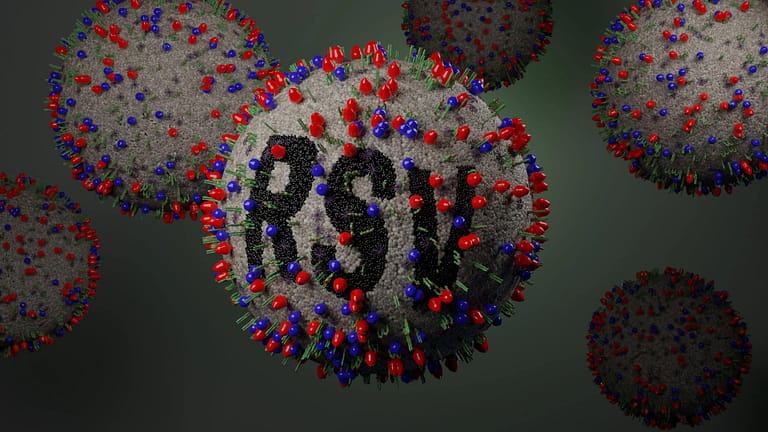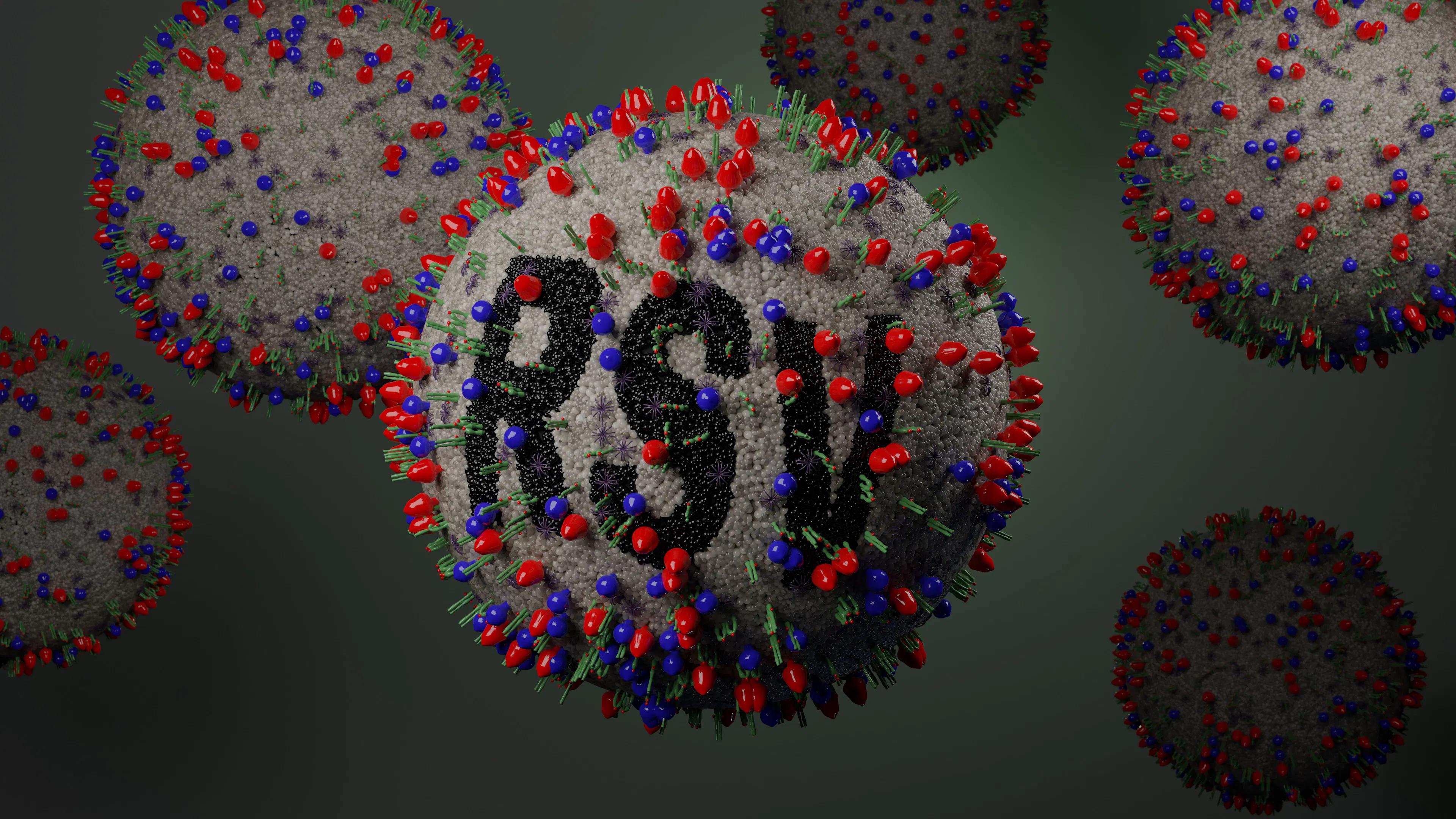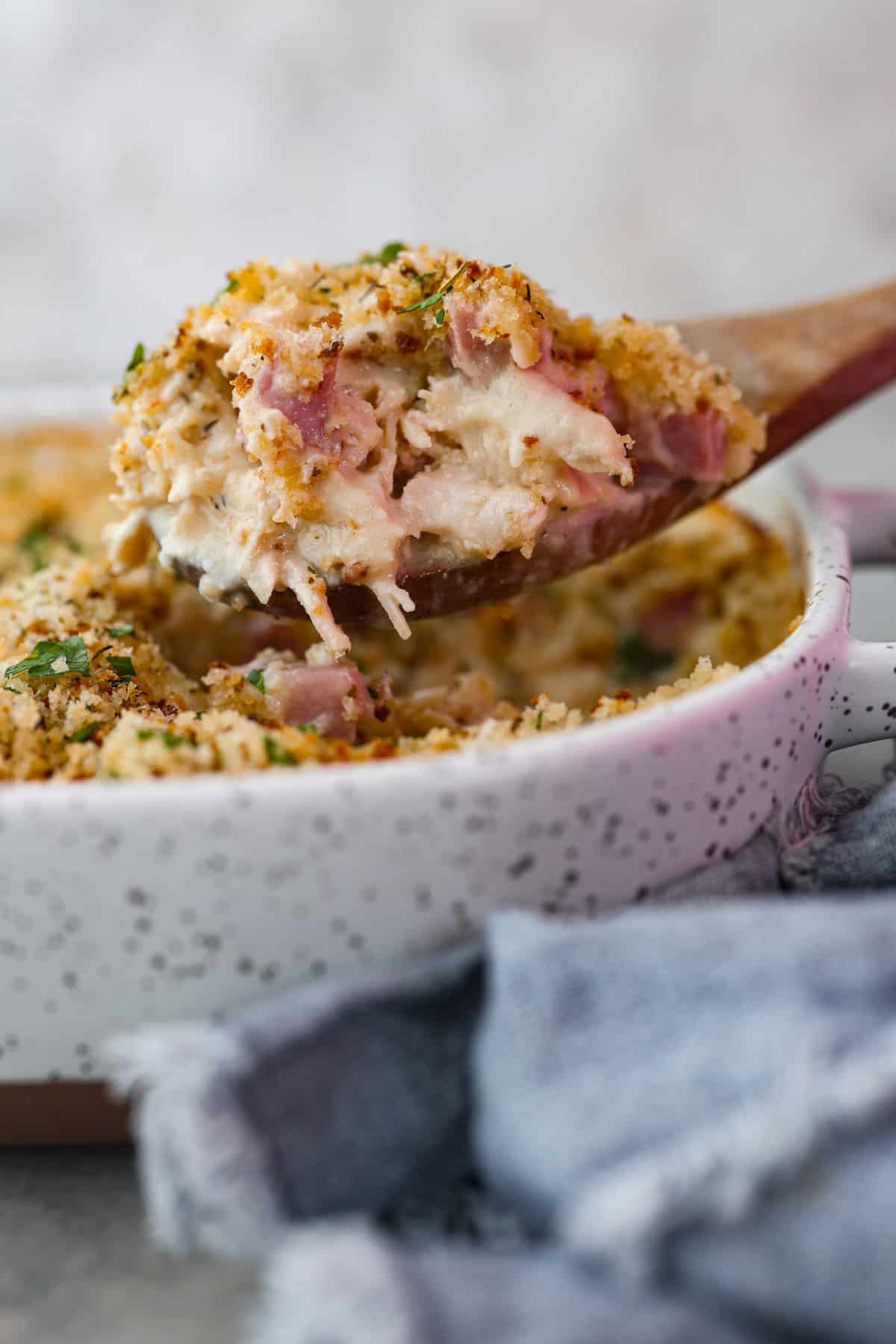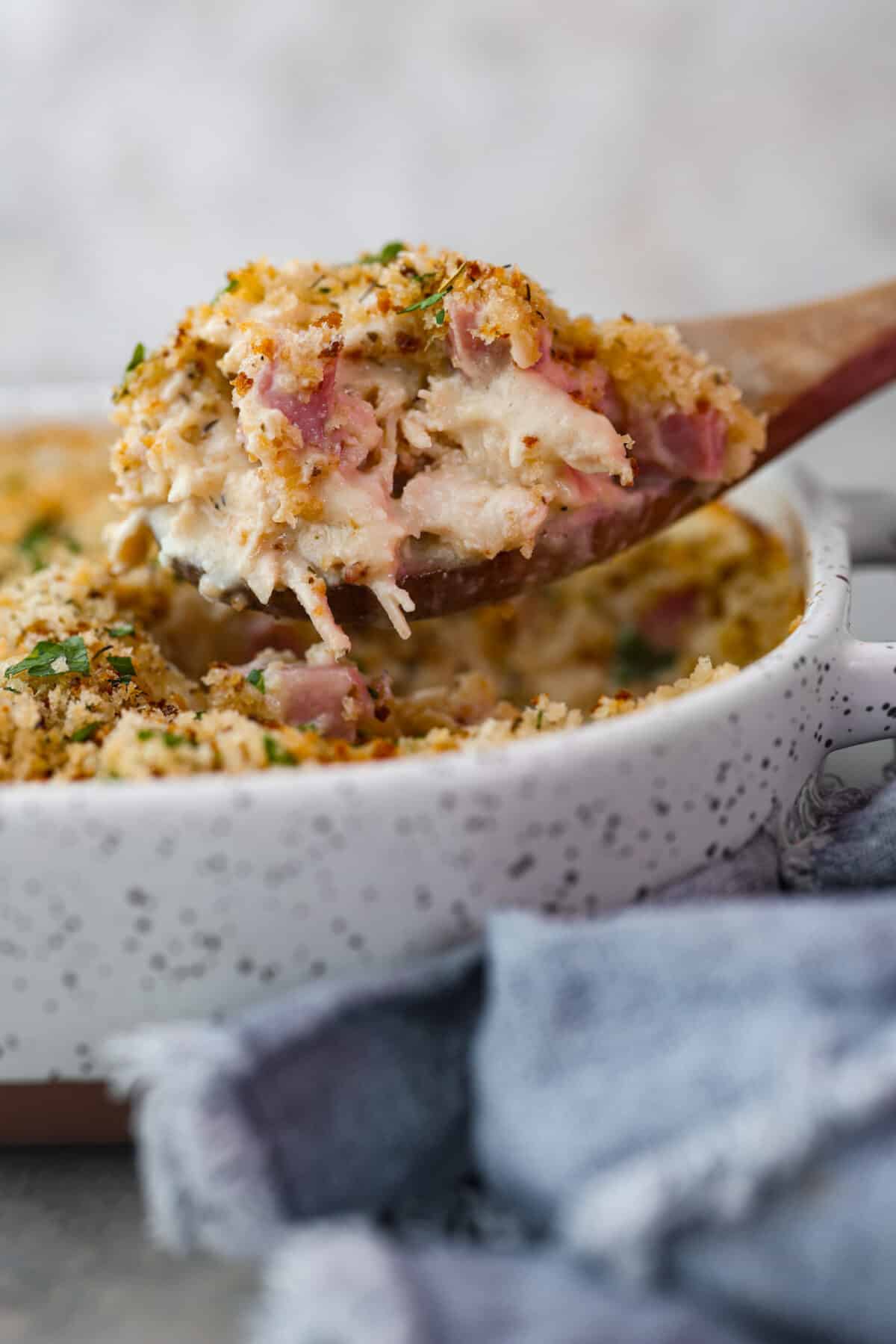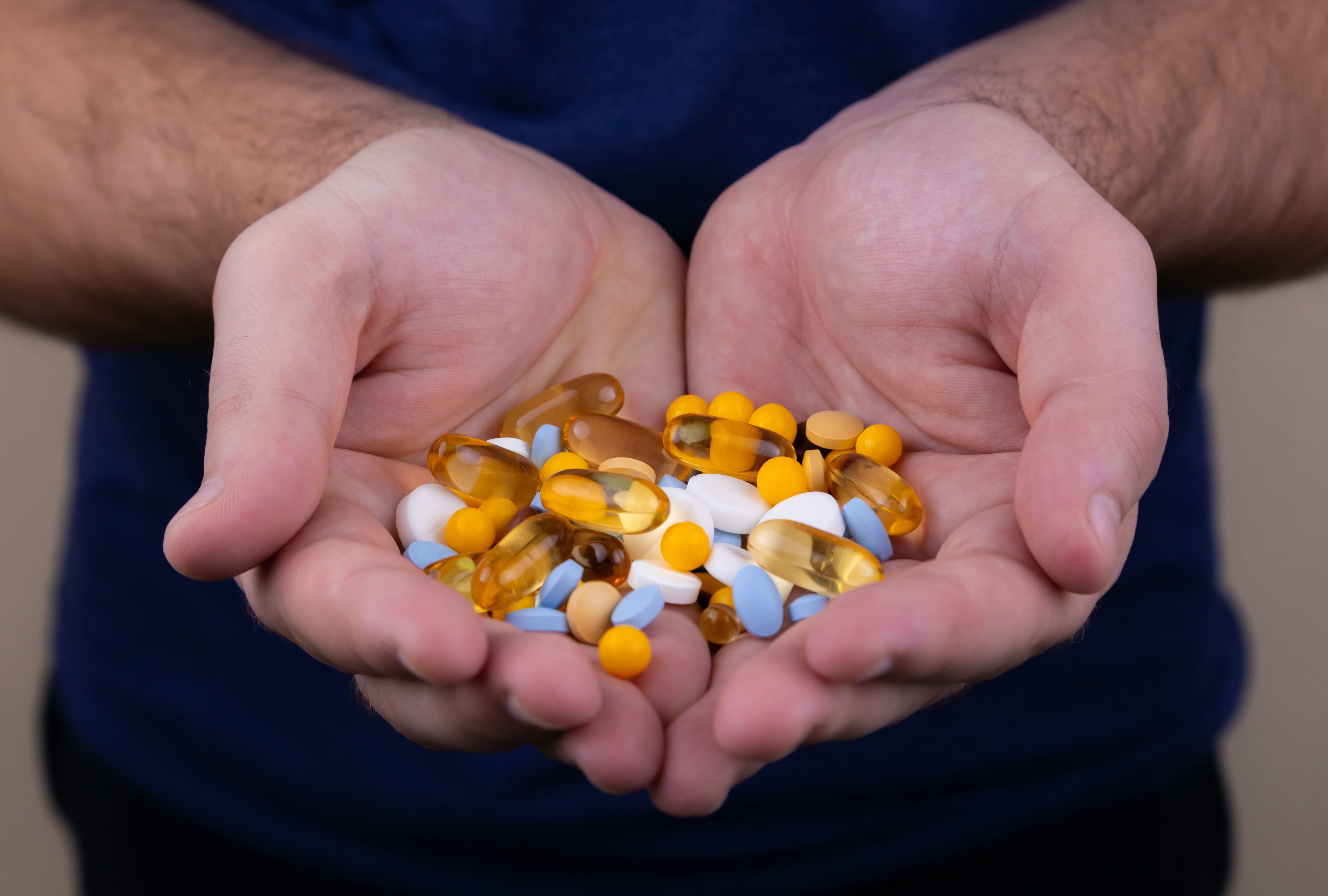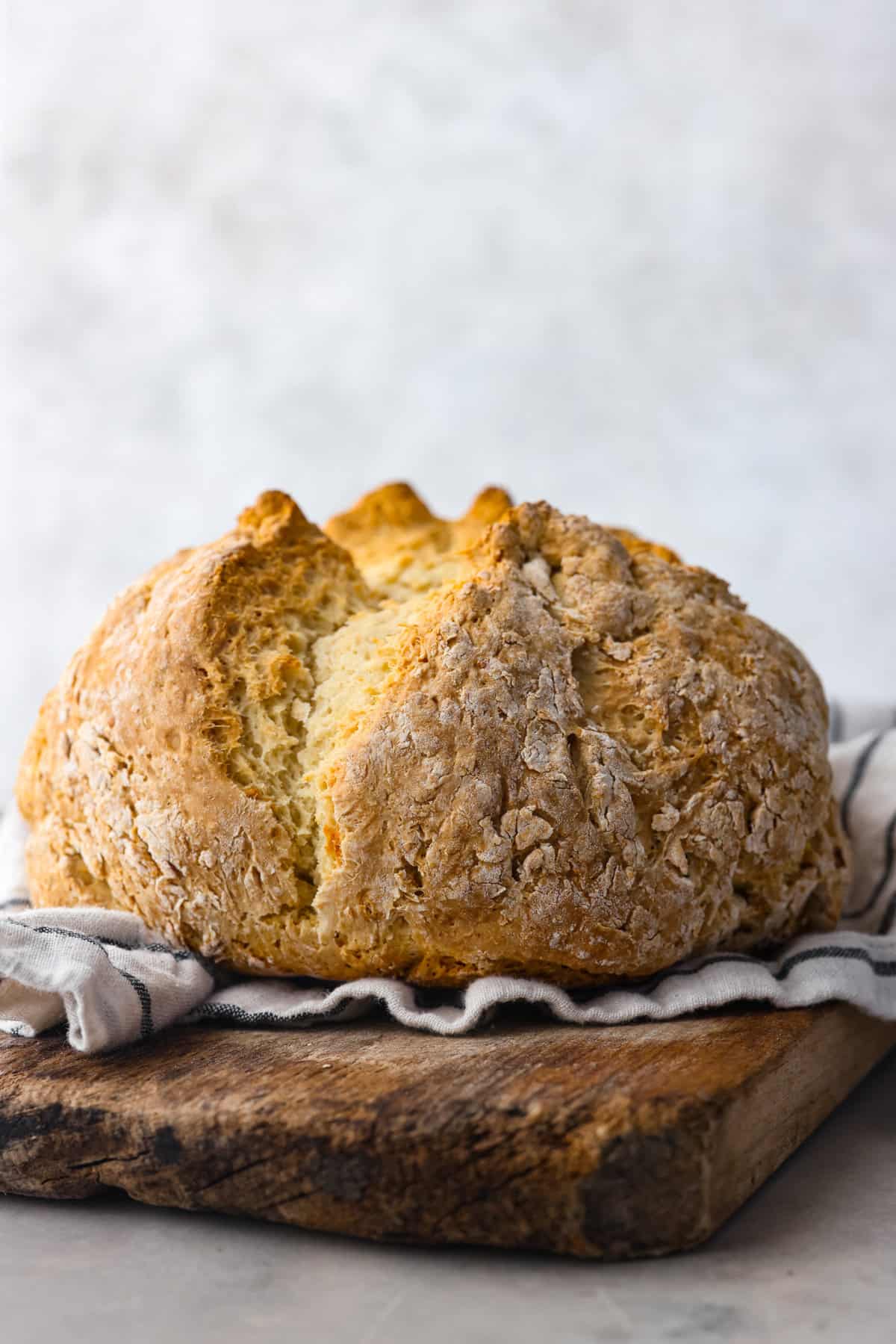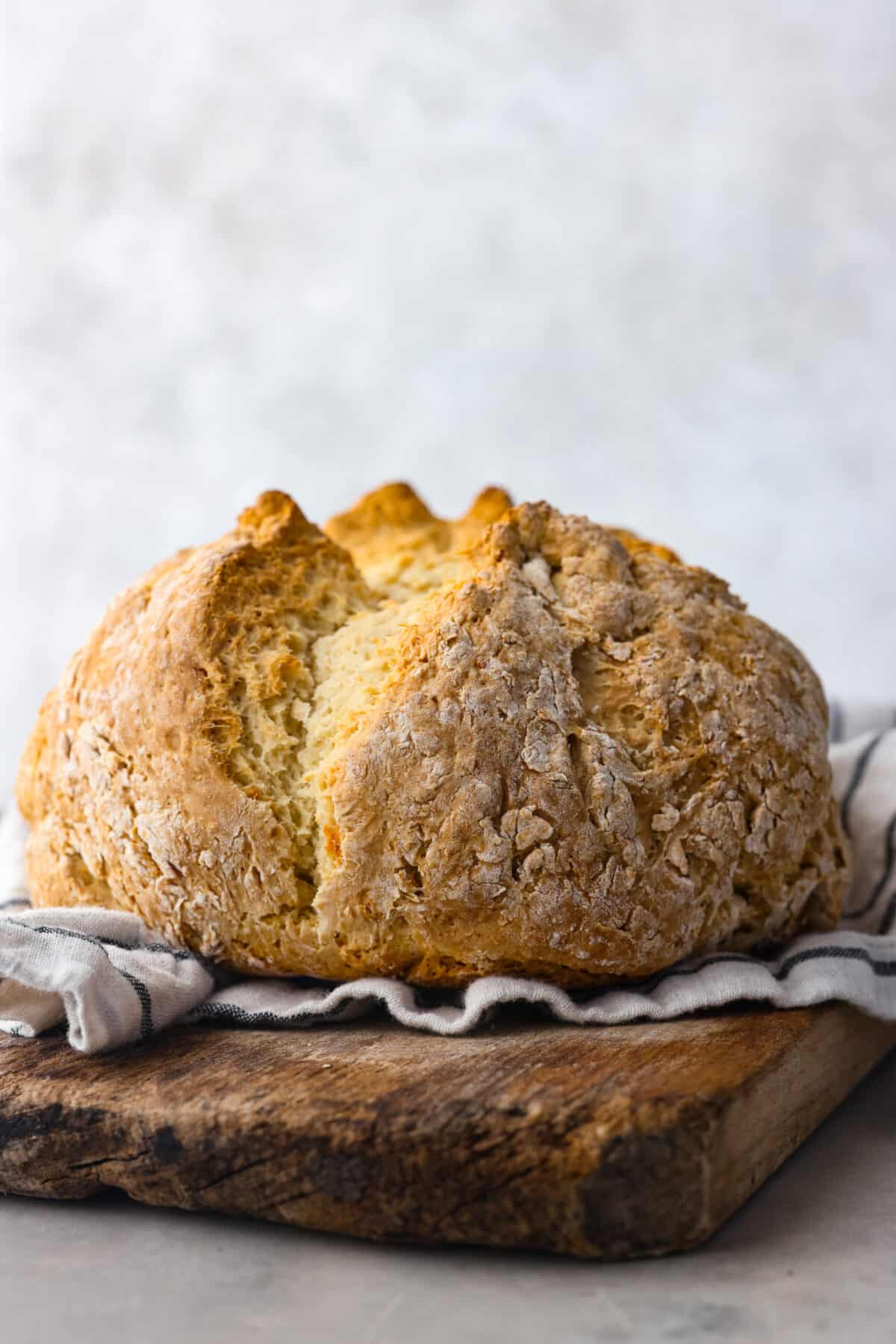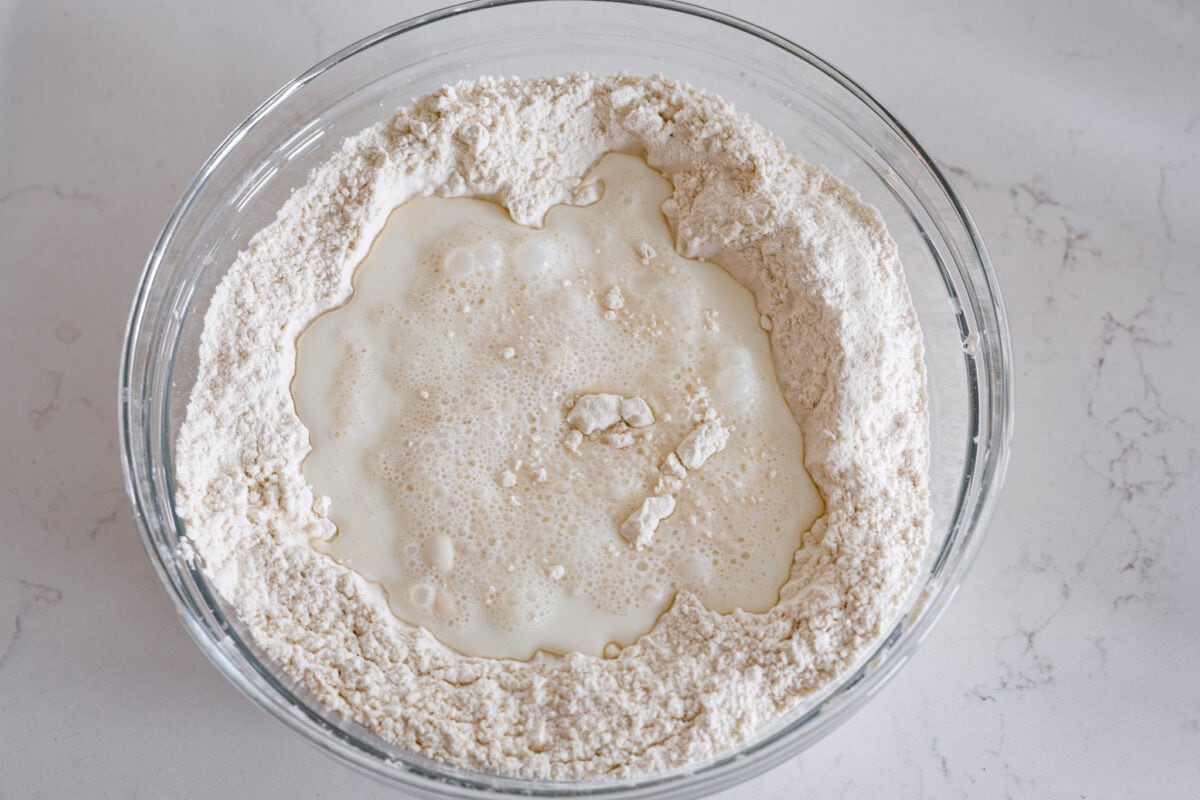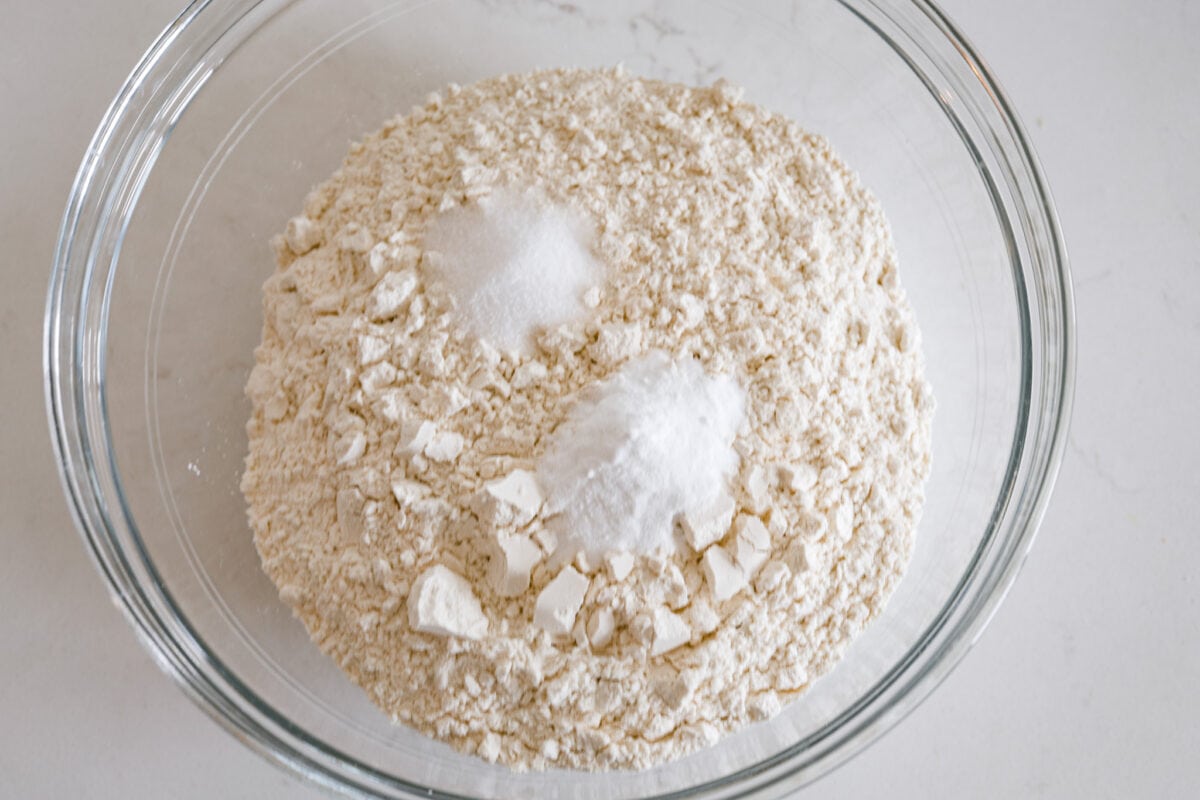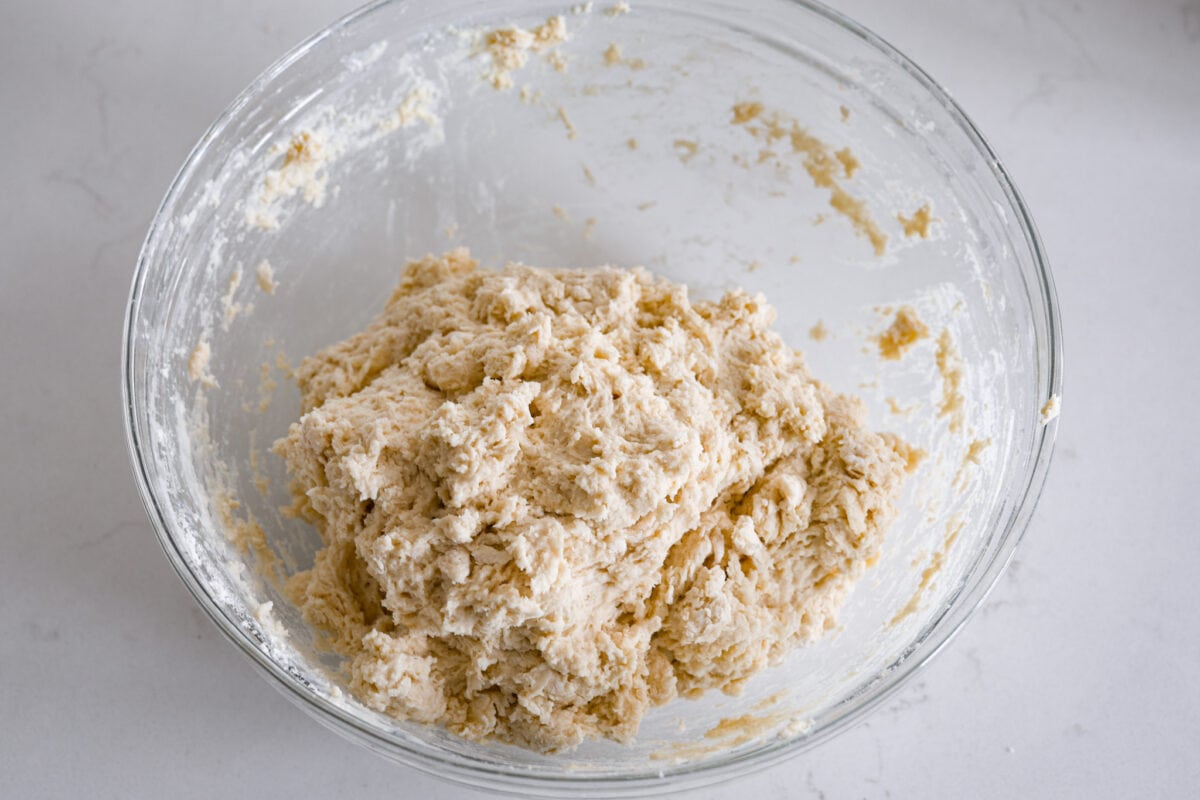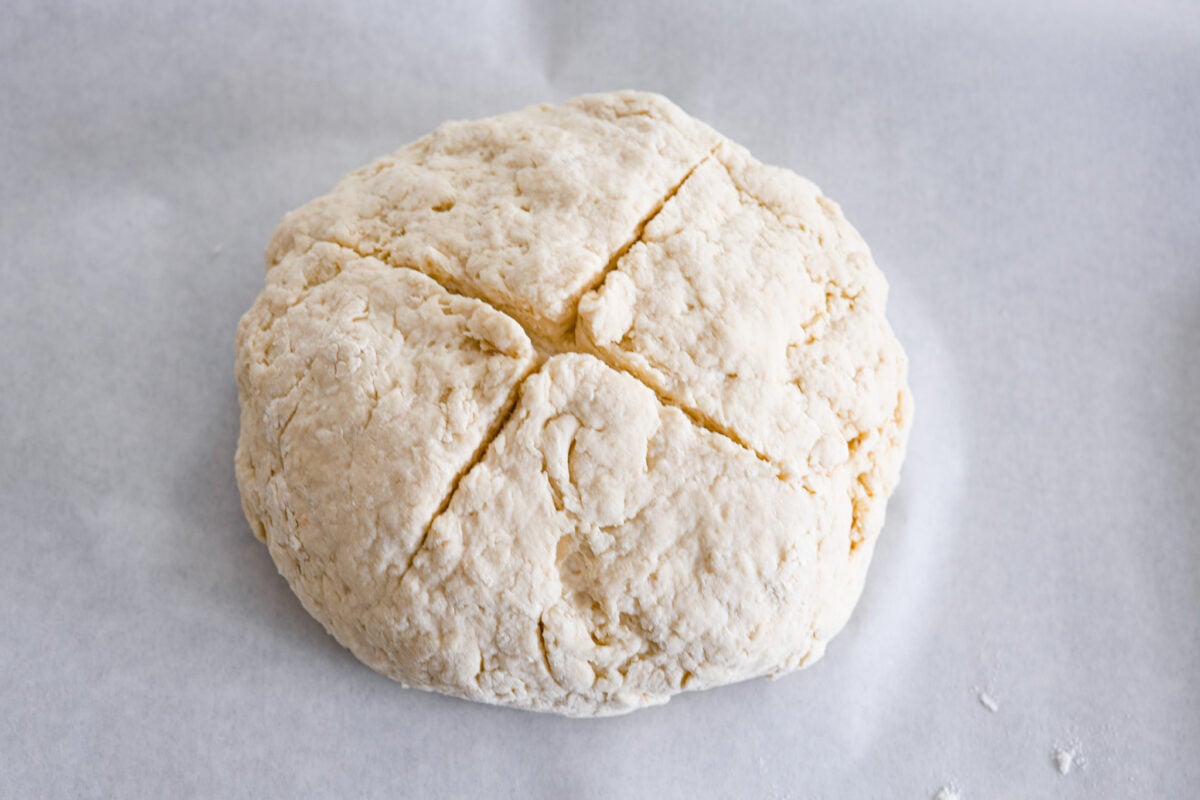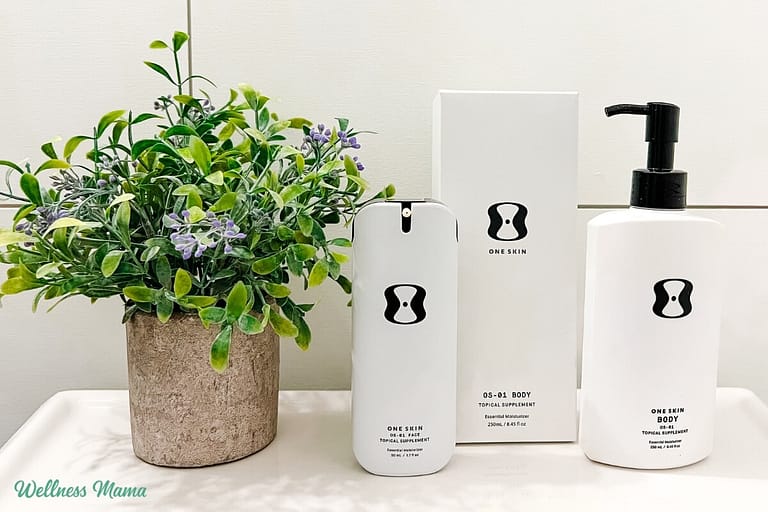What makes for a good, lasting marriage? I can’t speak for everyone, and I don’t believe there’s just one magical thing. But my husband and I recently celebrated our 25th wedding anniversary, and I can share something that’s helped us: We’ve learned how to express our emotions in ways that are meaningful to each other. We’re fluent in each other’s “love language,” as Gary Chapman, PhD, would say.
You might know of Chapman’s bestselling book, The 5 Love Languages. My husband and I put it to the test 11 years ago, and I wrote about it for WebMD. As our marriage hit the quarter-of-a-century milestone, we gave Chapman’s method another try. Have the love languages held up to the test of time?
Thirty years ago, Chapman, a marriage and family therapist in Winston-Salem, NC, came up with five categories of things he’d noticed during his counseling sessions that couples want from each other:
- Words of affirmation: compliments or words of encouragement
- Quality time: their partner’s undivided attention
- Receiving gifts: symbols of love, like flowers or chocolates
- Acts of service: setting the table, walking the dog, or doing other small jobs
- Physical touch: having sex, holding hands, kissing
Chapman wrote about them in his book. Learning each other’s love language helps couples express their emotions in a way that’s “deeply meaningful” to one another, he says.
Our first time around, my husband and I took Chapman’s Love Language Quiz and then spent a week trying to fill each other’s “love tank” – Chapman’s metaphor for how much love each person is feeling.
We discovered that we shared the same love language: quality time. For a week, as we strolled through local farmers markets, went antiquing, and talked over glasses of wine at our favorite date-night bar/restaurant, we connected in ways we hadn’t in years.
Our respective love tanks were indeed very full. But that was then. What about now? Would the love languages still hold true for my marriage? For relationships in general?
A lot has changed since Chapman’s book came out. And technology is a big part of that.
“We’re all so tied to our phones that if we’ve got a free moment, we’re more likely looking at the phone than looking at each other,” Chapman said when I recently spoke with him again.
Guilty. Most nights you’ll find my husband and I curled up on the couch – him on one side, me on the other – both scrolling Facebook or Instagram while the TV blares in the background. The best antidote for technology interference, Chapman says, is to put down our phones two or three times a week and talk to one another.
So that’s what we did. But first, we took the 5 Love Languages Quiz again. This time, our results weren’t identical. My husband scored highest on physical touch. Quality time came up first again for me, but words of affirmation was a very close second.
“I think there are seasons of life, and perhaps circumstances, that will affect the love language,” Chapman says. “It doesn’t hurt to take the quiz every 5 years or so, just to see.”
My husband and I still speak each other’s love language. Sometimes, though, our dialects are slightly different. I love the theater. He’d rather spend time in a brewpub. I want a massage before bed. He’d prefer to … you get the picture.
This time, instead of planning activities to do together, we simply focused on each other more. We put down our phones a few times a week as Chapman suggested, looked into each other’s eyes, and listened. I touched him more, even if it was just a brief hug or arm rub. He told me every day how much he loves and appreciates me.
I asked my husband if his love tank is full. It is. So is mine.
In the book, Chapman says his technique has the potential to save “thousands of marriages.” Can it? I came into the process with an already solid marriage that just needed a little tweaking. Would it have the same effect on a teetering relationship?
Chapman is optimistic. He believes we can change our relationships for the better, no matter how rocky they are.
“What the love language does is give you the most powerful way to have a positive influence on your spouse, because you’re addressing one of their most powerful needs: the need for love,” he says. “When a person feels loved, they tend to be drawn to the person who’s loving them.”
While there’s nothing wrong with the 5 Love Languages approach, it doesn’t have the weight to solve more serious marital problems, says Julie Nise, a licensed marriage and family therapist and relationship trainer in Pensacola, FL.
“The 5 suggested expressions of love and care are quite lovely and would be a nice addition to an already pretty good, stable marriage,” she says. “However, couples with very poor communication and problem-solving skills, or in very damaged relationships with years of unresolved resentments and frequent arguing, should not expect them to work in the same way.”
Some couples have to sort out their basic issues and understand things like their goals, patterns, and perceptions before they can be a team that works well, Nise says.
Chapman agrees that the love languages won’t solve every problem couples have, but they can address the fundamental emotional need at play.
“If that need is met, you’re more likely to be able to deal with the other issues in the marriage,” he says. “This is just another tool to help you enhance the relationship, and particularly to enhance the emotional part of the relationship.”
So if you and your partner want to explore your love languages, go into it with the understanding that it’s a nice way to reconnect, but it isn’t a quick fix. Real love – the kind that lasts – takes a strong foundation and a lot of work.

